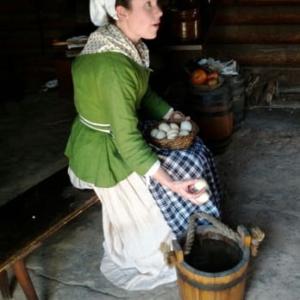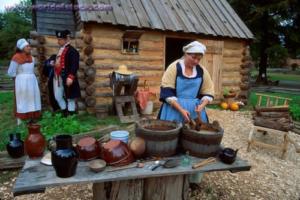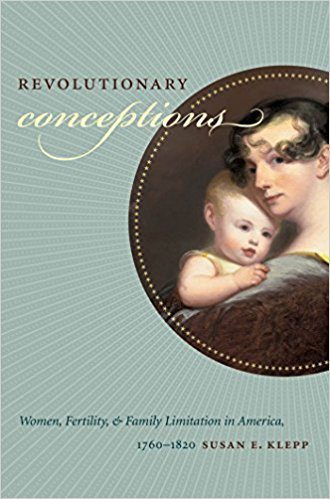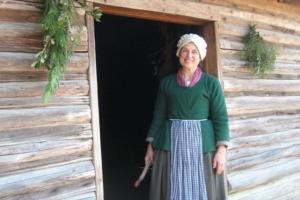Women played divergent roles in the American Revolution. The new Museum of the American Revolutionary War at Yorktown conveys life among the female camp followers. In a new book, “Revolutionary Conceptions: Women, Fertility and Family Limitation in America, 1760-1820,” historian Susan Klepp asserts that procreation is power.
–Courtesy of the Museum of the American Revolution, Philadelphia
“Women had an opportunity to assert, along with men, their relative liberty, rationality and civic virtue. They could overcome their presumed predilection for extravagance and mindlessly chasing the latest fashion by choosing to adopt simplicity, self-control and restraint.
 “Sumptuary women were mocked in street theater, public prints, newspapers and magazines during the war. Their pregnancies, whether legitimate or not, were decried as evidence of sexual corruption.
“Sumptuary women were mocked in street theater, public prints, newspapers and magazines during the war. Their pregnancies, whether legitimate or not, were decried as evidence of sexual corruption.
“In 1778 one commentator burlesqued the ‘extraordinary natural weight which some of the ladies carry before them,’ referring to these women’s pregnant bellies. ‘Most of the young ladies who were in the city with the enemy, and wear the present fashionable dresses, have purchased them at the expense of their virtue.’
“The republican wife and mother, on the other hand, would mediate between the family and the state by adopting self-control.
“Just as the political term ‘virtue’ came to be associated with women’s sexual restraint, so too did the economic virtue of ‘prudence’ come to be linked to women’s restraint of births. The Revolution gave a national purpose to this reconfiguration of gendered expectations. It held out the possibility of a more inclusive polity in which there would be a role for women.



 “By 1780, Esther Reed proposed a formal political and fiscal role for women through the appointment of ‘treasuresses’ on the county, state and national levels. They would urge women to offer ‘more than barren wishes for the success of so glorious a Revolution.’ Here, feminine barrenness was not infertility; it had become a failure to exercise political influence. Her dual aspirations for all American women and for personal, parity-specific control over reproduction link the Revolution, truncated fertility, and the expansion of women’s roles.
“By 1780, Esther Reed proposed a formal political and fiscal role for women through the appointment of ‘treasuresses’ on the county, state and national levels. They would urge women to offer ‘more than barren wishes for the success of so glorious a Revolution.’ Here, feminine barrenness was not infertility; it had become a failure to exercise political influence. Her dual aspirations for all American women and for personal, parity-specific control over reproduction link the Revolution, truncated fertility, and the expansion of women’s roles. 

